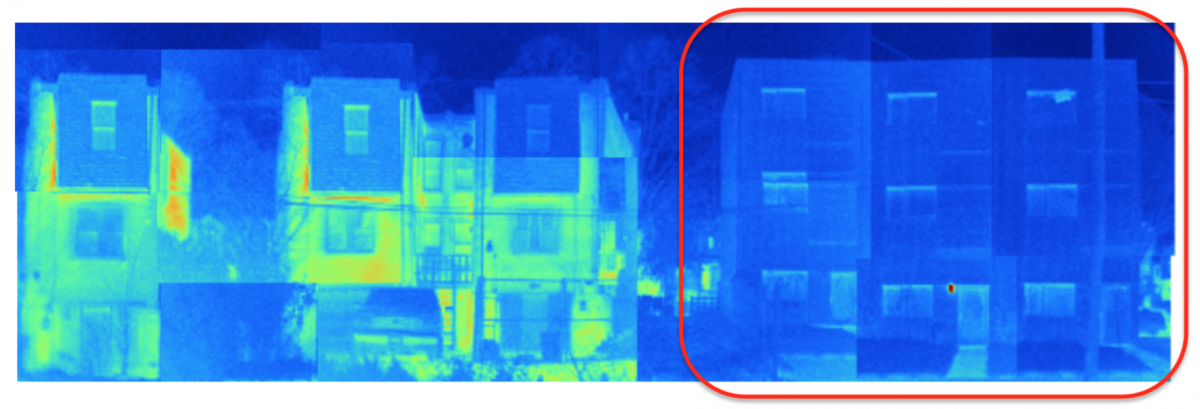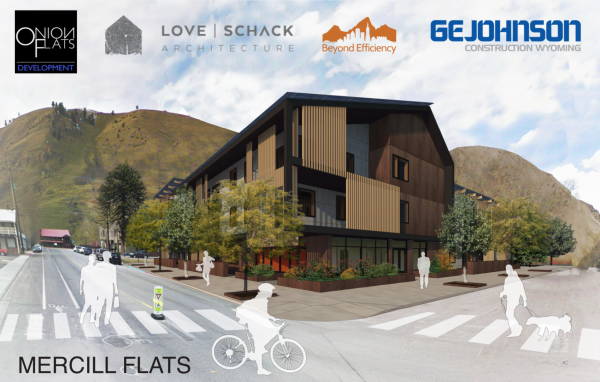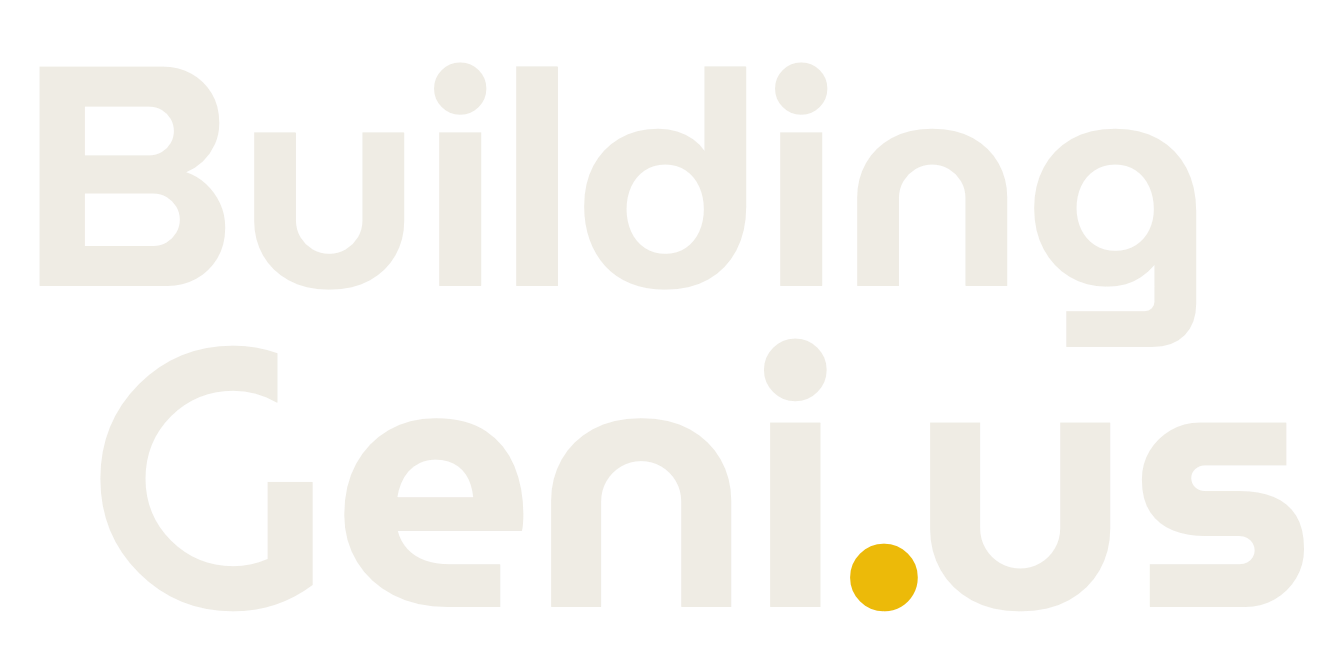Beyond Efficiency is proud to be on the team led by Onion Flats Development, and supported by Love | Schack Architecture and GE Johnson Construction Company, vying for the rights to develop multifamily housing at 105 Mercill Avenue in Jackson, Wyoming. Our team’s proposal stands above and beyond the other finalists from the standpoint of its all-electric, zero energy, Passive House and LEED Platinum performance assumptions.
Is it technically feasible to achieve such high levels of performance in Climate Zone 7 (in the U.S., only northern Alaska is more extreme)? Yes! You just need to follow the same logic for solving any problem effectively: first, identify and understand the root of a problem so that you can eliminate or mitigate it. Applying this logic to the problem of high space heating demand in buildings (the largest component of energy use for a multifamily building in Jackson) means starting with passive strategies that serve to minimize heat losses. These include compact and simple building forms, thicker wall insulation, triple-pane windows, high envelope airtightness, and elimination of thermal bridges (structural steel beams extending outside to support balconies are a no-no unless they’re thermally isolated). After incorporating these measures, ventilation-related heat losses now dominate—so we provide heat recovery ventilation to ensure a continuous supply of fresh, filtered air that requires 80% less energy than without heat recovery. These measures combine to slash heating energy usage by at least 70% compared to conventional practices. Not magic, just physics!

Figure 1. Thermal image of non-passive vs. passive multifamily building. Bright colors are areas of higher heat loss. Blue=better! Credit: Onion Flats
Once demands are minimized, the next step is to meet those demands as efficiently as possible: this is where heat pump technology for space and water heating comes into play. Even in our very cold climate, leveraging heat pump technology can save homeowners more than half on space heating and water heating bills compared to electric resistance, and cost about half that of natural gas strategies, thanks to Lower Valley Energy’s extremely low electricity rates.
The final step is to provide solar photovoltaic panels to offset the resulting energy use. For a multifamily building in an extremely cold climate to achieve zero energy on a net annual basis, the only viable approach is to first minimize energy use.
Next Steps
Tomorrow at 9am, the Teton County Board of Commissioners will discuss and vote on the finalists. One of the Commissioners' roles is to lead based on the principles outlined in the 2012 Jackson-Teton County Comprehensive Plan, including:
- Principle 2.1: Reduce consumption of non-renewable energy – “The Town and County will lead by example and encourage reductions in energy demand and the use of renewable energy sources.”
- Principle 2.4: Increase energy efficiency in buildings – “It is the community’s goal to achieve carbon neutral buildings by 2030… Publicly funded construction projects will lead by example in implementing this policy, and incentives will be provided to reduce the energy demand of new and existing private buildings.”
The Onion Flats proposal provides an incredible opportunity to create a super high-performance project with minimal environmental footprint that’s never been seen in Jackson! This project could be a model for the town, county, and professional building industry regarding what’s possible in a mountain town, and lead to meaningful and lasting change for policy and future building developments. Stay informed on tomorrow’s vote at jhnewsandguide.com...






























